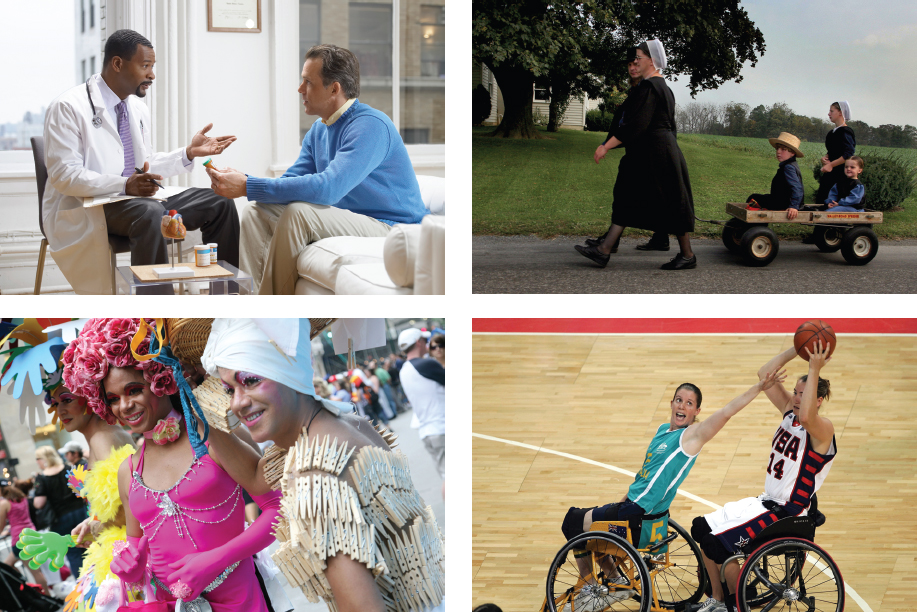The Cultural Context
Many students are fans of A&E Television’s hit series, Duck Dynasty, which chronicles the lives of the Robertson family from rural Louisiana who struck it rich with their family business making products for duck hunters. Students can get pretty riled up talking about it! Some find the show offensive, perpetuating stereotypes about individuals from the rural southern United States (especially after cast member Phil Robertson was taken off the show temporarily after making anti-
To ensure that diversity is respected in professional situations, organizations (as well as the U.S. government) enact policies and codes of behavior to protect employees from hurtful, antagonistic communication regarding their race, religion, national origin, sexual orientation, age, and abilities. This type of derogatory communication, known as harassment, is discussed in Chapter 11.
As you likely know from experience, culture is an incredibly powerful context of communication: it has a profound effect on the way we perceive events, as well as ourselves and others. Think back to the competent communication model in Chapter 1. The ring that comprises the cultural context is made up of variables that make our perceptions unique: race, ethnicity, religion, politics, gender, sexual orientation, age, education, role, occupation, abilities/disabilities, geography, and so on. These differences are known as diversity (Loden & Rosener, 1991). (Also see our discussion of co-
